How to Set Good Goals Based on Grades
Perhaps the single most difficult thing for many of us to do is to set reasonable goals. We all have a tendency to set goals that are either way too hard or too easy. Both strategies, however, tend to be motivation killers: too hard a goal and you get frustrated by working your butt off to reach a destination that never seems to come anywhere near your reach; too easy and training quickly begins to seem trivial and boring.
Clearly the best goals are just out of reach, requiring a bit of extra effort to achieve while remaining obviously achievable. Figuring these out is as much of an art as a science, and even top-level climbers sometimes need help to do it. Here are some useful tips to get a head start on the process.
Tip #1: Choose a Long-term Goal First-And Be as Specific as You Can
What one person considers long-term is different from another, but we generally recommend that it’s not shorter than six months and not longer than a year.
The idea is that this goal is your North Star, a beacon in the distance to guide your workouts and provide direction. It can be a route or problem at some outdoor destination you’ve always wanted to go to, or a grade range at your local gym that you’ve always wanted to break into, or any number of other options.
As an example, my current long-term goal is to reliably onsight 5.12, because there are two routes in Yosemite that I really want to flash before I die! You might choose a famous hard route at a climbing area you want to visit, or a boulder project at your local climbing area, or simply “to send a V6 in my home gym by the end of the year.”
Whatever your goal, the key is that the goal has an emotional weight to it, that it’s something you are excited to accomplish, something meaningful to you. This goal should be a reminder of the reason you want to be a better climber, and a reward for all your hard work!
Tip #2: Choose Your One Month Project Second
Simply put, a One Month Project (OMP) is a climb you believe you can send in about a month of trying.
This time frame is an ideal based on climbers who are on the wall two to three days a week. For those who can only come in one to two days a week this might be more appropriately called a Two Month Project.
Selecting a climb that you can send in a fixed time period is more of an art than a science and doing so reliably depends on a reasonable assessment of your own abilities as well as a good training schedule. But there are a few things to keep in mind that will help make you an expert in no time.
First, One Month Projects will tend to be at or even slightly above your Hardest Redpoint grade at that time. So, if the hardest climb you’ve done recently is V5 then a good starting grade for your OMP will be somewhere between V5 and V6-.
Second, at least initially, your OMP will likely play to your strengths. For instance, if you love crimps, then a good OMP will likely feature crimpers galore.
Alternately, as you gain more experience, you may choose to focus on a weakness for your OMP. Many new climbers have difficulty using slopers, so, you may want to choose a sloper-heavy climb or one on a climb on a steeper, more overhanging wall that you don’t feel very comfortable on.
Here, again, you can use a rule of thumb to determine a likely grade range. Since working on weaknesses is more difficult (and will generally take a bit longer), such an OMP will likely be slightly easier than your Hardest Redpoint. So, using the previous example, if your hardest climb is V5 an OMP that targets a weakness would likely be V5- or V4+.
Either way your OMP serves you in several ways. As your “hard” project, it becomes an intermediate milestone that helps mark your progress to your ultimate long-term goal. Second, it becomes a good strength and power building problem, allowing you to work on short, very difficult sequences while also making direct progress toward a specific goal.
Finally, it is your test-piece, a way to both measure how well your training is going (as you make improvements) and to uncover areas that need work–in other words, skills or fitness you need to unlock the crux moves.
Tip #3: Choose Two to Three Short-Term Projects
A Short-Term Project (STP) is one you believe you can send significantly faster than your One Month Project.
What does significantly faster mean? Like your OMP, that depends on a number of factors, including your experience, how frequently you come into the gym, and what your strengths and weaknesses happen to be. In general, though, we recommend that short-term projects be climbs that you believe you can send in one to two weeks. In fact, as you gain experience, we generally recommend that you choose such projects based on an estimate of how many attempts they will take, rather than the number of days.
For example, I tend to choose an STP by estimating which projects will take between 10 and 20 attempts to send. Based on climbing three days a week, this generally means that such a project will take me 2 to 3 climbing sessions to complete.
The key difference between an STP and an OMP, other than difficulty and time commitment, is that you want variety from your STPs. Rather than choosing a single project that caters to your strengths (or a weakness), you want a few problems that require you to work on both.
Is there a rule of thumb for choosing these grades, too? Yes, there is. In general, projects that you can complete in a few sessions or less will be slightly harder than your CRP if they cater to your strengths, and at or slightly below your CRP if they cater to your weaknesses. For example, if you are consistently sending V3, a good group of STPs would likely be in the range of V3- to V3+.
What if I send my STP faster than 10 tries? No problem! All you need to do is choose another project. The fact is all sends are useful! Other than helping build strength and technique, the benefit of STPs is to build a repertoire of problems you can later use for your workouts. Once you have sent a climb, it can now be put into your training rotation giving you a variety of climbs to choose from in your sets.
All material is reprinted with the permission of the author. Copyright 2022 David H. Rowland. All rights reserved.




